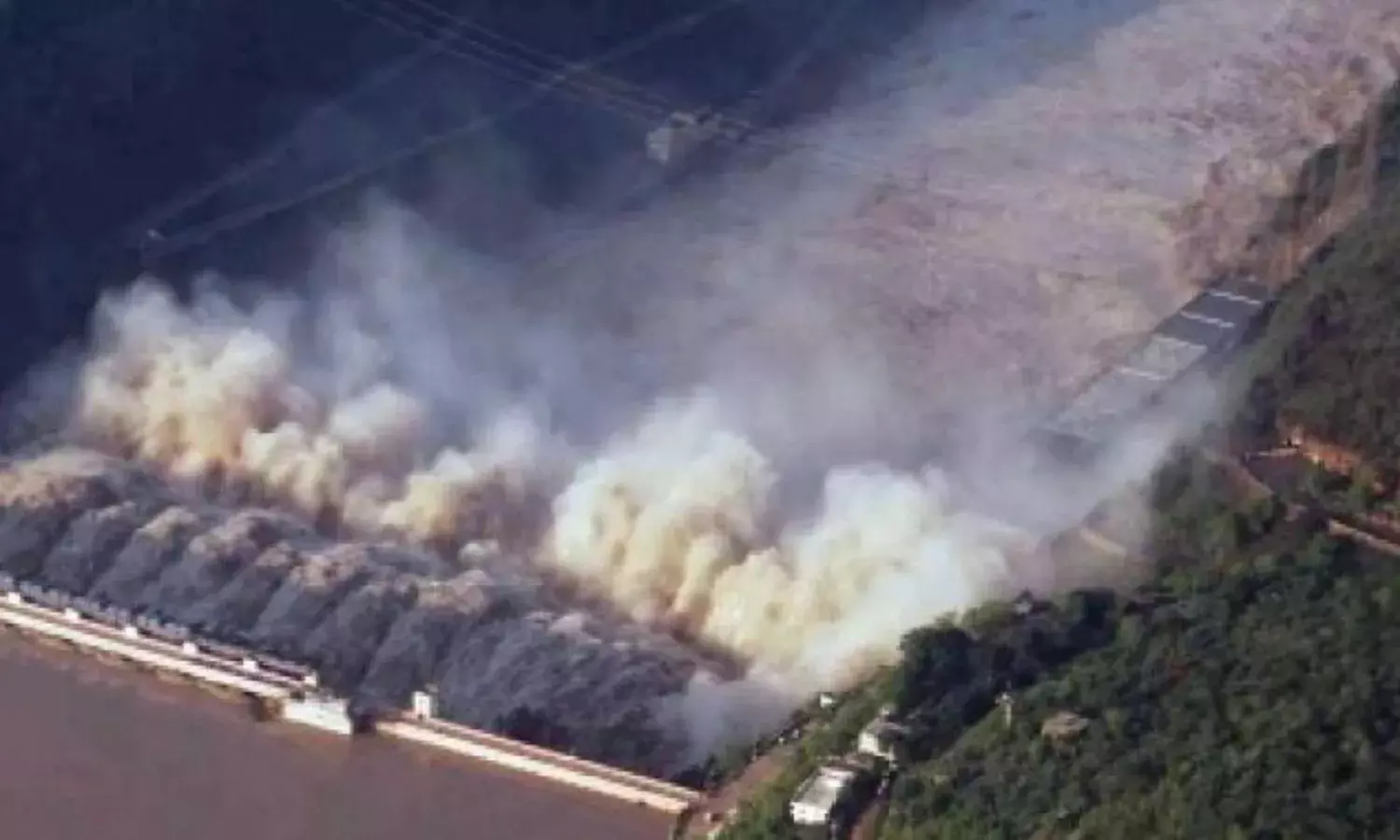Mullaperiyar Dam in Danger: Will Tamil Nadu's boon be Kerala's doom?
Dam failure a real fear

The current floods in Kerala are unprecedented and clearly a national disaster. In the midst of this disaster, there is fear for the structural safety of the Mullaperiyar dam on the Periyar river.
Madras Engineers Colonel John Pennycuick commenced construction of this 173-ft high dam in 1887, and it was commissioned in 1895. This gravity dam was considered an engineering marvel of those times. With the dam’s catchment area entirely within present-day Kerala, it diverts some of the water eastwards into Tamil Nadu’s Vaigai river.
This is supported by an agreement of 1886 between the British Madras Presidency and the kingdom of Travancore that gave Madras Presidency rights over “all the waters” of Mullaperiyar reservoir to relieve drought in southern Madras Presidency. Today, even though located in Kerala, Mullaperiyar dam is maintained and operated by Tamil Nadu.
The design water storage level of this 133-years-old, 173-ft high dam is 142-ft. It is reported that this storage level may have been exceeded in the current flood situation, because the inflow from the catchment into the reservoir exceeds the outflow over the spillway and after opening all the dam sluice gates.
This constitutes a threat to the dam structure especially if water rises to near or over the top. This may well lead to catastrophic failure of the dam if the on-going rainfall in the catchment does not abate. Already, the full-scale release of water from Mullaperiyar and 32 other dams in Kerala has caused or exacerbated the heavy flooding in the state.
But apart from the possibility of catastrophic failure, following a technical inspection by Chairman CWC, the water level was lowered from the full water level of 152-ft to 142-ft and again to 136-ft. But following certain recommended strengthening and repair measures, the maximum storage level was again raised to 142-ft by Tamil Nadu.
Kerala has been asking that the water level be restricted to 136-ft since the dam is very old and may not be able to withstand greater hydraulic pressure, possibly leading to dam failure and catastrophic downstream disaster. Kerala also has alleged that there are leaks and cracks in the structure.
However, Tamil Nadu, which operates the dam, has been insisting on maintaining water at 142-ft, obviously since it can then get more water into Vaigai river. This difference of perspective, namely dam safety (Kerala) versus water availability (Tamil Nadu) was referred to the Supreme Court. Further, on account of the dam’s age and its structural condition,
Kerala advocates dismantling of Mullaperiyar dam and construction of a new dam downstream.
Effective reservoir management demands that dams have adequate storage capacity before heavy inflow begins, by discharging water to lower the storage level. This can be done only when there is scientific forecasting. But according to South Asia Network on Dams, Rivers and People (SANDRP) [“Idukki Dam releases water when Kerala is in Floods: Could this have been avoided?”.. “the unprecedented floods and dam water releases also raise the questions about flood forecasting and advance action by Central Water Commission (CWC), India’s only flood forecasting agency. When we see CWC’s FF website, we are shocked to find that CWC has absolutely NO flood forecasting sites, neither level forecasting, nor inflow forecasting [for Kerala]. CWC has only flood monitoring sites in Kerala.” This serious shortcoming has resulted in panic release of water and heavy loss of life and property, besides raising the risk of Mullaperiyar dam failure.
On August 16, 2018, accepting the grave flood situation in Kerala, the Supreme Court agreed to hear a plea seeking Centre’s mediation between Kerala and Tamil Nadu governments on the issue of the water crossing the 142-ft level. Clearly, the catastrophic failure of the dam, which can cause disaster to 3-million people, is seen as a possibility which cannot be discounted.
The Supreme Court has asked that the water level be reduced by 3-ft to 139-ft, and added that judges were not experts to frame a disaster management plan or assess the dangers of water levels in Mullaperiyar reservoir.
It is to be fervently prayed that the rainfall in Mullaperiyar catchment and also other dam catchments reduces very quickly, thereby reducing the risk of dam failure. In the context of on-going climate change triggering extreme events such as the present extremely heavy rainfall in Kerala and with chance of such recurrence, governments need to examine measures very seriously and urgently. These measures are establishing adequate flood forecasting stations, dismantling of old dams and simultaneously stopping deforestation in the name of infrastructure development.
(Major General S.G. Vombatkere, VSM, PhD, retired as Additional DG Discipline & Vigilance in Army HQ AG's Branch. His area of interest is strategic and development-related issues).
(Cover photograph representational image only)

